|
20
SEP
2014
|
|
|
|
We all know that rats have had a bad rep since they were discovered to carry the plague with them. But, that’s hardly their fault. Indeed, if we had domesticated these animals before then, we might not have had that problem. However, there is no point in rehashing the past. It’s important to know that the rats we keep as pets today don’t carry these diseases with them. Well, not domesticated rats, at any rate. It is still unwise to attempt to capture and keep a wild rat as a pet. Though this has happened in the past; you will need sincere intervention from a veterinarian.
But, before you head out to adopt your first rat, it’s vitally important to consider a few things. Understanding the needs of your potential pets before you get them will help you to care for them better when they’re snuggly established in your home.
Rats Don’t Like to Be Alone
Rats, like many other animals, don’t like to be alone. Many domesticated ani.. [More]
|
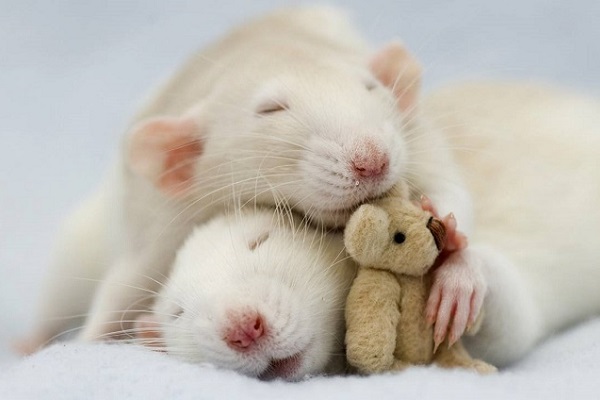
|
|
|
Tags :
Caring For Your Pet Rats
|
|
|
|
20
SEP
2014
|
|
|
|
The Pet Food Industry Association of Southern Africa (PFI) has vowed to eliminate petfood fraud and protect South African pet owners from "rogue petfood manufacturers." Consumers can do their part by only buying commercial petfood that has a "V" number followed by "Act 36 of 1947" on its packaging. This indicates that the food has been registered by its manufacturer or distributor. “It is absolutely critical for pet owners to ensure that the food they purchase is registered with the department, as this is the only way to ensure that the minimum nutritional standards are met and that the food has been examined to ensure this, and, further, that your pet is getting the best possible and safe food for them,” said PFI Executive Director Barry Hundley.
Pet Habitat is pleased to announce that all Burgess Excel Nuggets and Roudybush bird pellets have been approved and are registered with Department of Agriculture. It was not easy since w.. [More]
|
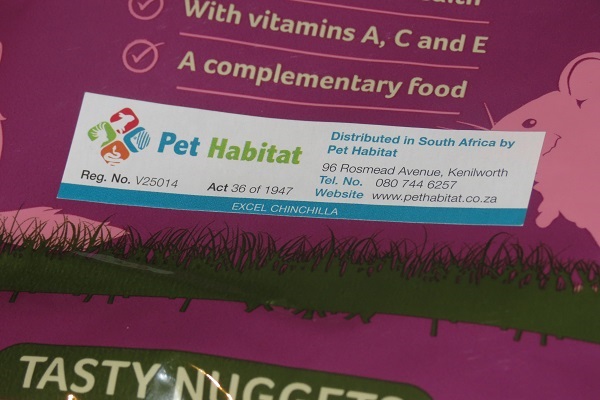
|
|
|
Tags :
Buy Only Registered Pet Food In South Africa
|
|
|
|
12
SEP
2014
|
|
|
|
Many homes are simply not complete without a few pets around. And, not every pet is a cat or a dog. There are many, many different pets that people can keep in their homes. Each one of them has special needs and dietary requirements. And, feeding your pets the right food – and the right amount of food is paramount to their continued health. Indeed, it is one of the things you’ll need to consider long before you bring home your pets. Otherwise, you’ll run the risk of them falling ill – or worse.
Keep in mind, that with all the different needs that every pet has, they don’t all need dry food. While this may be the best bet for your dogs and cats, other animals require different foods. Sometimes, those foods may seem rather boring to you, such as Timothy Hay, but they are essential to some animals.
Who Eats Timothy Hay?
Some animals are carnivores (or rather, omnivores) and some that are strictly vegetarian. Within that latter group a.. [More]
|
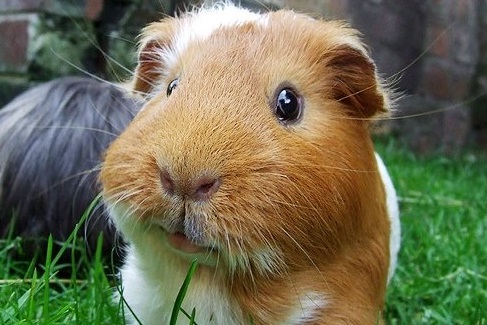
|
|
|
Tags :
Guide To Feeding Hay To Fibrevores , Pet Guinea Pig Food South Africa , Pet Rabbit Food South Africa , Chinchilla Food South Africa , Timothy Hay South Africa
|
|
|
|
08
SEP
2014
|
|
|
|
You should never feed rolled oats, wheat, crackers, weetbix or any breakfast cereals to chinchillas, rabbits or guinea pigs as it affects their calcium and phosphorus ratio and reduces the absorption of essential nutrients from hay, depleting calcium in their bodies and causing digestive, dental and bone problems.
Rabbits, guinea pigs and chinchillas should have a diet high in fibre, and fairly low in calories (especially fats and starches). And we not referring to Crude fibre because it is poor measure of plant lignin and cellulose, but rather digestive and indigestible fibre, which is only present in high quantities in hay. Over time pellet diets have been sold as the mainstay of their diet, but pellets was originally formulated for non household pets (i.e. laboratory or farmed rabbits and chinchillas).
Some of the problems associated with feeding too much lucerne based pellets are:
Obesity
Dental disease
Soft stools (with norm st.. [More]
|
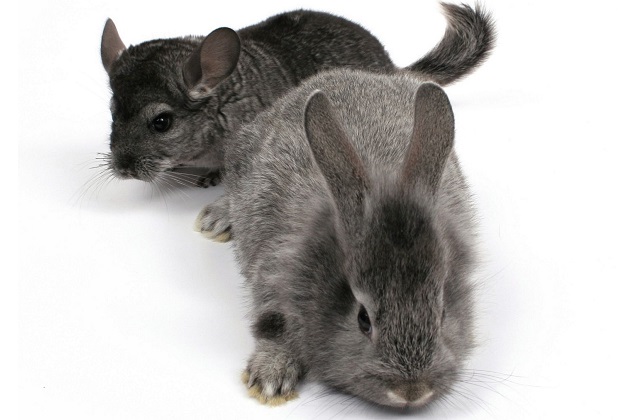
|
|
|
Tags :
Feeding Rabbits , Guinea Pigs & Chinchillas Dry Food in South Africa , Dangers of Feeding Dry Food To Guinea Pigs , Rabbits & Chinchillas in South Africa
|
|
|
|
07
SEP
2014
|
|
|
|
Made all the more famous by the animated blockbuster Finding Nemo about 10 years ago, the Clownfish is a firm favourite with marine aquarists the world over, and with plenty of good reason.
Endemic to the Indian and South Pacific Oceans, the Clownfish lives in shallow waters, primarily among other reef fish and they often form symbiotic relationships with sea anemones, which they effectively use as a home. The clownfish is immune to the anemone’s poison, and so takes advantage of the extra stinging-protection of the anemone as well as the scraps left over from the anemone’s meal. The anemone benefits from the faecal nutrients from the clownfish and from its’ grooming action (the clownfish eats it’s dead tentacles).
In a group of clownfish (usually living in the surrounding reef anemones), the most aggressive and largest female is dominant, and there is only one mating couple at any one time. The group is usually tended to by a small number.. [More]
|
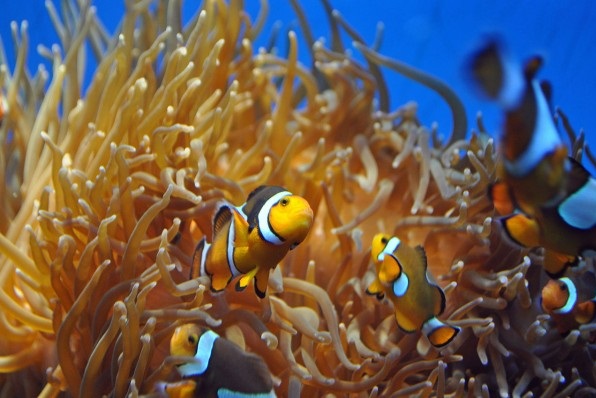
|
|
|
Tags :
Clownfish In Your Aquarium
|
|
|
|
05
SEP
2014
|
|
|
|
Sludge in rabbits is a frustrating urinary problem affecting rabbits of all breeds, ages, and both sexes. As a vet it can be difficult to treat, and sadly despite intervention, frequently recurs. Get our 3 essential treatments and 4 ways to prevent.
Signs – rabbits can be presented with sludge in a number of ways, and not all of them together. Check our list to see how many you would spot.
Thick urine – rabbit urine is high in calcium carbonate, and in rabbits suffering from sludge, the sediment is thick and ‘sludgy’. The urine can take on the appearance and texture of thick smooth toothpaste.
Frequent urination – affected rabbits will often attempt to urinate more often, and not always in the same place.
Straining to urinate – the obstruction of the urine outflow from the bladder by the thick creamy deposit can make for difficulty in expression. Constant attempts akin to an animal with cons.. [More]
|
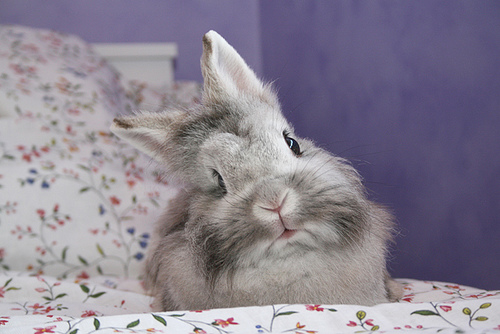
|
|
|
Tags :
Preventing Sludge In Rabbits
|
|
|
|
02
SEP
2014
|
|
|
|
GLOSSY is a brand new and unique freshwater aquarium kit from Aquael, the first of its kind on the market. The aquarium kit includes a special elevated tank. A lid with inbuilt lighting is glued to the inside of the upper part of the tank.
Thanks to this innovative solution, the aquarium looks like a solid piece of glass with an elegant black band at the top. With this stunning new and highly original design, a GLOSSY aquarium will suit any modern home interior.
The lids of GLOSSY tanks are equipped with advanced 5 lighting to ensure the proper growth of aquarium plants. At the back of the lid, there are special openings for the hassle-free installation of canister filters and other aquarium devices.
The GLOSSY kits are ideal for the setting up of plant aquariums as well as biotope and traditional mixed aquariums. They are available in three sizes, ranging from 80 to 120 cm in length. You can also purchase a special tank stand to go with a GLOSSY a.. [More]
|
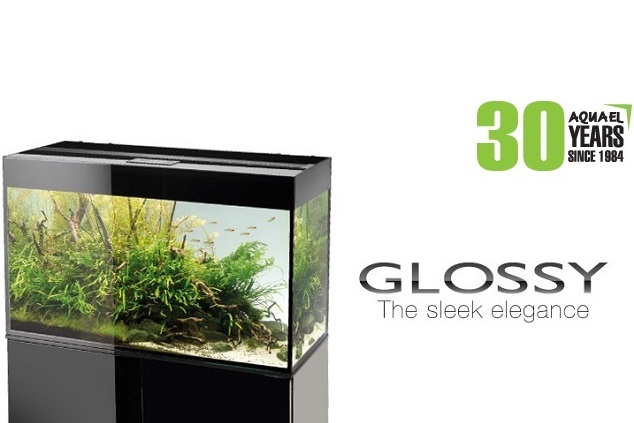
|
|
|
Tags :
Stunning New GLOSSY Aquarium Kits , AQUAEL Introduces GLOSSY , The Stunning Glossy Aquarium Kit South Africa , Fresh Water Aquarium South Africa , Fish Tank South Africa , Planted Aquarium South Africa , Ma
|
|
|
|
02
SEP
2014
|
|
|
|
How well do you know the signs of rodent respiratory disease? Read our guide and the 7 must know treatments. Respiratory infections in rodents are common, primarily in rats, mice and guinea pigs. We rarely see respiratory issues in gerbils and degus. Check you know how to spot the signs and what to do.
Signs of respiratory problems
Weight loss – always make sure you check the weight of small mammals in the clinic. Do you have mini-scales capable of weighing to the nearest gram?
Loss of appetite or anorexia – check how much has been eaten, not just how much is fed/offered.
Poor coat condition – look for a dry, matted, clumped, scurfy or greasy coat.
Discharge from eyes or nostrils – often seen as a red discharge. This colour change is the result of porphyrin pigments.
Sneezing – has the owner noticed a watery, purulent or bloody discharge?
Br.. [More]
|
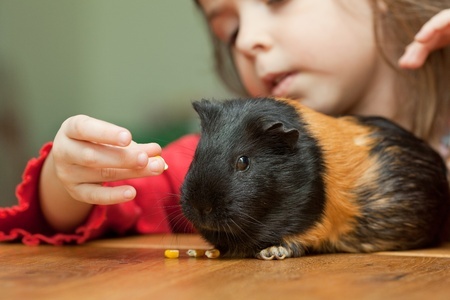
|
|
|
Tags :
Signs of Rodent Respiratory Disease
|
|
|
|
30
AUG
2014
|
|
|
|
It’s funny how some of the most iconic stories and images we have in our minds of rabbits involve them eating vegetables (think Peter Rabbit or Bugs Bunny). They certainly do love treats like carrot tops, but these are treats only. Rabbits, like other fibrevores, need a great deal more than vegetables to survive. And mostly what they need are grasses and hay.
Who and What Are Fibrevores?
Fibrevores is a bit of a funny term isn’t it? And, it’s hardly one of the terms we learn in school; instead we’re treated to carnivores, herbivores and omnivores. So, let’s work with what we know. Fibrevores are herbivores – they don’t eat any meat. But, they’re a tad more specialised than that. They have developed a strong, overwhelming need for fibre.
Fibre, of course, is found in grains and grasses. Of course, we have it added to some of our foods to keep us moving, but for the most part, fibrevores get their daily intake of fibre .. [More]
|
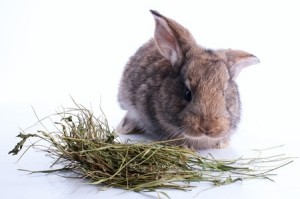
|
|
|
Tags :
A Quick Guide to Feeding Hay , Feeding Hay in South Africa , Timothy Hay South Africa , Rabbit Food South Africa , Guinea pig food south africa , chinchilla food south africa
|
|
|
|
30
AUG
2014
|
|
|
|
When researching your new fish tank, a phrase that is bound to come up is Fishless Cycling. It’s not a phrase with the most obvious meaning (especially to a novice), so finding out what it is, how it works and why you should be doing it can be a little daunting.
New Tank Syndrome
Before you can properly understand Fishless Cycling, we need to take a look at New Tank Syndrome, the solution for which is often referred to as Fishless Cycling.
New tank syndrome often refers to the problem faced by most tanks shortly after set-up, where the tank has insufficient cultures of beneficial bacteria present within the filter and live rock/substrate to deal with the increased ammonia levels caused by the fish in the tank.
Ammonia is present because it is expelled by your fish as waste bio-product,eg excrement etc. High levels of it can be really bad for your aquarium, burning your fish’s scales due to its alkaline nature, inhibiting your fishes ability.. [More]
|
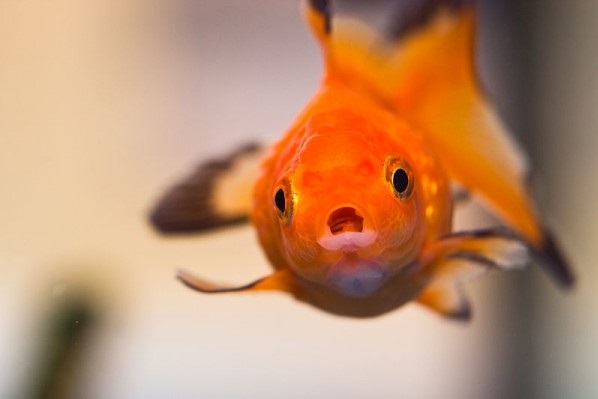
|
|
|
Tags :
A Guide to Fishless Cycling , The Fishless Cycle – Getting Your Aquarium Ready For Fish , How To Cycle A New Fish Tank
|
|
|
|
|
|
Category List
|
|
|
|
|
|
Archive List
|
2025 2023 2022 2021 2020 2019 2018 2017 2016 2015 2014 |
|
|